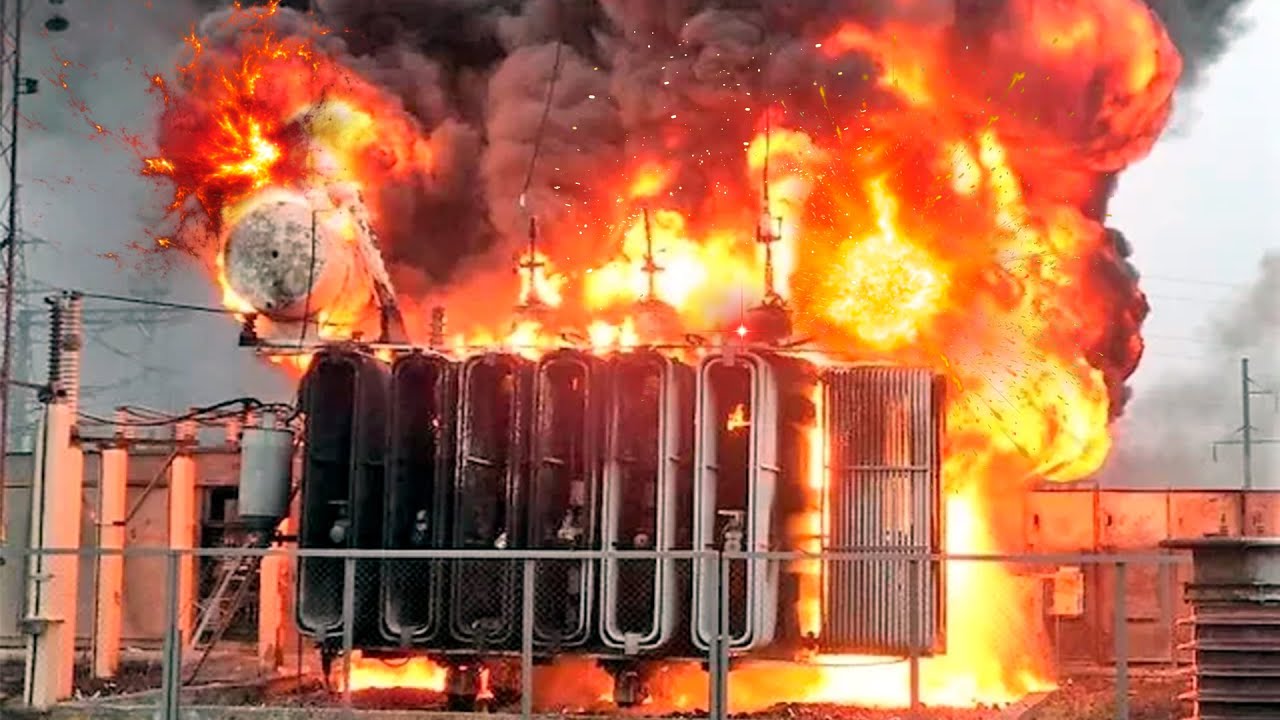Ensuring the safety and operational continuity of electrical transformers is a critical concern for industrial facilities, utility providers, and infrastructure operators. Transformer failures can result in extensive downtime, financial losses, and safety hazards, making proactive protection measures essential. One of the most effective ways to mitigate these risks is to implement tailored fire and ballistic barriers. These barriers are designed to contain fires, prevent explosions, and shield transformers from potential external threats, including ballistic impacts or environmental hazards.
We will explore how adopting these solutions can enhance resilience, support regulatory compliance, and ensure uninterrupted service for both industrial and public infrastructure. The combination of fire resistance, impact mitigation, and thoughtful design provides a holistic approach to transformer safety and risk management. For more information, visit https://firebarrierexperts.com/.
The Role of Fire & Ballistic Barriers in Transformer Safety
- Containment of Fires and Explosions
Fire and ballistic barriers serve as a physical line of defense, containing potential fires and explosions within a defined area and preventing their spread to surrounding infrastructure. Transformers contain large amounts of oil and electrical energy, which can fuel intense fires in the event of equipment failure. Without protective barriers, such incidents can escalate rapidly, causing extensive damage to adjacent transformers, control buildings, and operational equipment.
By strategically positioning modular barriers around transformers, facilities can isolate fire incidents, allowing safety teams to respond effectively while minimizing the risk of cascading damage. This containment approach not only protects physical assets but also ensures personnel safety, reduces environmental hazards from chemical leaks or smoke, and maintains operational continuity. The containment principle underscores the importance of barrier design tailored to the size, configuration, and operational characteristics of each transformer installation.
- Protection Against External Threats
In addition to fire containment, ballistic barriers provide critical protection against external threats such as gunfire, projectile impacts, or potential sabotage attempts. Critical infrastructure, including utility substations, is increasingly recognized as a target for intentional attacks, making ballistic considerations a vital part of risk mitigation. These barriers are engineered to shield transformers from line-of-sight attacks, ensuring that essential equipment continues functioning even under direct threat scenarios.
Integrating ballistic protection with fire mitigation creates a multi-layered defense strategy that addresses both accidental failures and deliberate risks. The ability to combine these protective measures in modular, customizable configurations allows operators to adapt to the unique risk profiles of their facilities, enhancing resilience and overall security posture without compromising space or operational access.
- Regulatory Compliance and Risk Management
Many industrial and utility operators are required to meet stringent regulatory standards for transformer safety, environmental protection, and emergency preparedness. Tailored fire and ballistic barriers help facilities meet these requirements by providing proven protection strategies that comply with national fire codes, insurance guidelines, and environmental regulations. Modular barrier systems reduce reliance on methods that may pose environmental risks, such as chemical foams or deluge systems, which can harm surrounding ecosystems.
Additionally, these barriers support insurance approval processes by demonstrating a proactive approach to loss prevention, thereby reducing liability and operational risk. Facilities that incorporate such tailored solutions benefit from clear documentation and validated performance metrics, which are essential for audits, inspections, and long-term operational planning.
- Minimizing Downtime and Financial Loss
Transformer failures not only pose safety hazards but also entail significant financial consequences, including unplanned downtime, equipment replacement costs, and potential service interruptions. Fire and ballistic barriers mitigate these risks by preserving the integrity of transformer installations, reducing the likelihood of complete equipment loss. Containing fires and shielding from external impacts ensures that surrounding transformers or infrastructure remain operational, maintaining service delivery and protecting revenue streams.
In addition to immediate risk reduction, these barriers enable faster recovery after an incident, as damage is contained to smaller, manageable areas. For operators, this translates into both direct cost savings and improved reliability, reinforcing trust with customers, partners, and regulatory authorities. By investing in tailored protection strategies, organizations can achieve a balance between safety, operational efficiency, and financial stability.
- Flexibility and Customization for Diverse Installations
No two transformer installations are identical, and risk factors can vary based on site location, equipment type, and operational environment. Tailored fire and ballistic barriers offer the flexibility to meet these diverse needs, with modular designs that can be adapted for different transformer sizes, layouts, and operational constraints. Customization includes adjusting barrier height, thickness, materials, and configuration to align with site-specific safety assessments and risk profiles. This adaptability allows facilities to optimize space utilization while maintaining robust protection.
Whether the installation is within a high-density urban environment, a sprawling industrial site, or a renewable energy facility, modular barriers can be designed to integrate seamlessly without impeding operational efficiency or maintenance access. Such versatility ensures that safety measures are not only effective but also practical, enhancing their adoption and long-term sustainability within diverse infrastructure environments.
- Supporting Emergency Response and Operational Planning
Well-designed fire and ballistic barriers contribute to effective emergency response planning by clearly defining protected zones and guiding personnel during incidents. By isolating high-risk areas and providing predictable containment, these barriers reduce confusion, improve response times, and enhance coordination among emergency teams. Additionally, barrier installations can be incorporated into operational planning to allow safe maintenance access, regular inspections, and monitoring without compromising protection.
The presence of robust barriers reassures staff and stakeholders that safety measures are in place, fostering a culture of preparedness and risk awareness. By integrating these systems into broader operational and emergency response strategies, facilities can achieve both improved safety outcomes and operational continuity, ensuring that critical transformers remain reliable components of the electrical grid.
Facilities that adopt such solutions enhance resilience, safeguard personnel, and protect critical assets while maintaining service continuity and operational stability. Tailored barriers are not just preventive measures; they are investments in reliability, sustainability, and long-term risk management. By integrating these protective systems, operators can address potential hazards with confidence, knowing their transformers are shielded from fire, ballistic threats, and environmental hazards, ultimately ensuring secure, uninterrupted power delivery to the communities and industries they serve.
